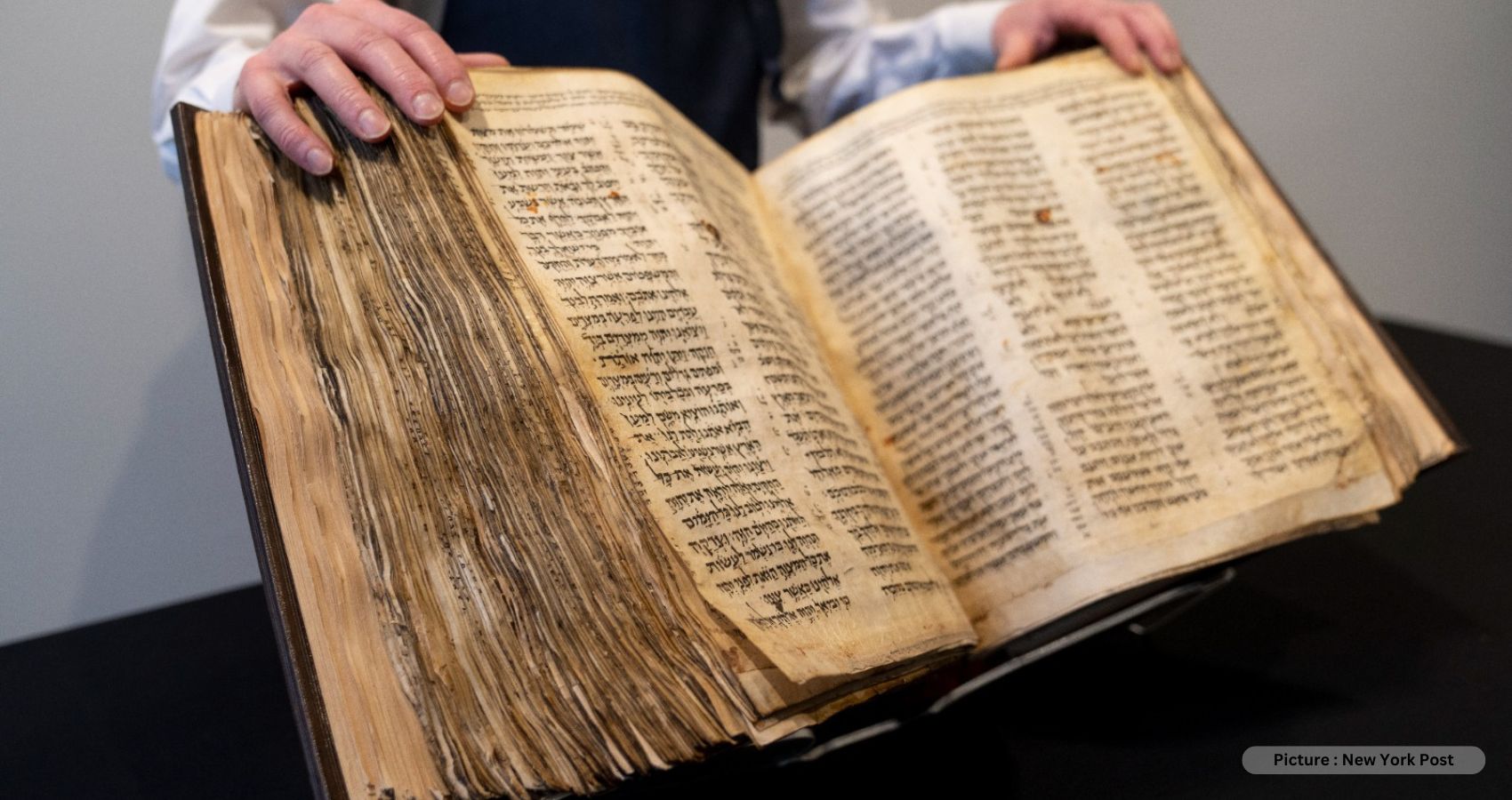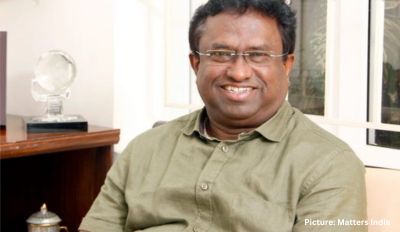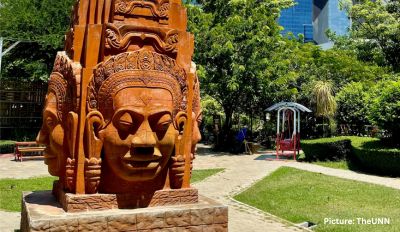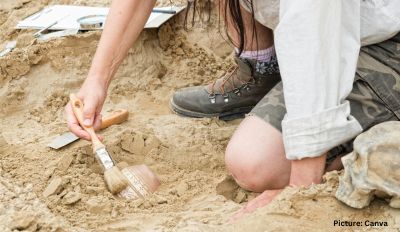Sotheby’s, the art and book auction house, witnessed a historic moment when Codex Sassoon was sold for $38.1m, making it the most valuable manuscript ever sold at an auction. The 800-year-old Hebrew Bible is said to be the oldest surviving example of a single manuscript containing all 24 books of the Hebrew Bible with punctuation, vowels, and accents. It is considered as the bedrock of Western civilisation and Oded Golan, an Israeli antiques seller, said that “the Bible is the foundation document of Western culture and by extension, world culture and the emergence of the nation-state.” The Codex Sassoon was bought by US lawyer and former ambassador Alfred Moses for the ANU Museum of the Jewish People in Tel Aviv, Israel, to preserve the historical significance of a manuscript that is part of Jewish heritage.
“The Hebrew Bible is the most influential in history as it constitutes the bedrock of Western civilisation,” Mr Moses said on his statement. “I rejoice in knowing that it belongs to the Jewish people.” The sale price exceeded the previous most valuable manuscript, the Codex Leicester, owned by Bill Gates, the co-founder of Microsoft, which was bought for $30.8m in 1994. However, it still fell short of the price set two years ago by hedge fund manager Ken Griffin, who purchased a historically significant document, the first-edition printed copy of the US constitution, for $43.2m.
The Codex Sassoon was named after David Solomon Sassoon, who bought it in 1929, and since then, it has been showcased in different museums worldwide. The manuscript was written around 1,100 years ago and is the oldest Hebrew Bible to have survived in its entirety. It became the pinnacle of the private collection of Hebrew manuscripts at David Solomon Sassoon’s home in London. Carbon dating revealed that the Codex Sassoon was created around 900 BC, making it nearly 1,200 years old. The manuscript is considered to have almost complete books of the Hebrew bible appearing with vowel points and notations.
Known for centuries as Aleppo Codex, the standard masoretic text is considered very authoritative; however, it contains only 295 of its original 487 pages, which survived destruction in a fire in Aleppo, Syria, in 1947. The Codex Sassoon, in contrast, is almost complete, missing only 12 pages, which were torn or cut at the edges.
Sharon Mintz, a senior Jewish artefact specialist at the auction house, said, “It presents to us the first time an almost-complete book of the Hebrew Bible appears with the vowel points, the cantillation and the notes on the bottom telling scribes how the correct text should be written.” Centuries of notations and inscriptions reveal that the manuscript was sold by a man named Khalaf ben Abraham to Isaac ben Ezekiel al-Attar, who later transferred ownership to his two sons, Ezekiel and Maimon.
In the 13th Century, the Codex Sassoon was dedicated to a synagogue in Makisin, a town in present-day Iraq near the border with Iran. After the town was destroyed either by the Mongols in the 13th century or by the Timurids at the beginning of the 15th century, the manuscript was entrusted for safekeeping to Salama ibn Abi al-Fakhr. It then disappeared for 500 years, and the Codex Sassoon’s most recent owner was Swiss investor Jacqui Safra, who bought it at auction in London for £2m ($2.5m) in 1989.
The Codex Sassoon holds immense historical and cultural significance for Jewish people and the world’s literary heritage. Its acquisition by the ANU Museum of the Jewish People in Tel Aviv reflects the importance of preserving and showcasing cultural heritage for generations to come. The sale of the Codex also underscores the value of ancient manuscripts and artefacts, which contribute significantly, to archaeology, history, and literature.











